Project Mustang: Our 1964 ½ D-Code Mustang coupe
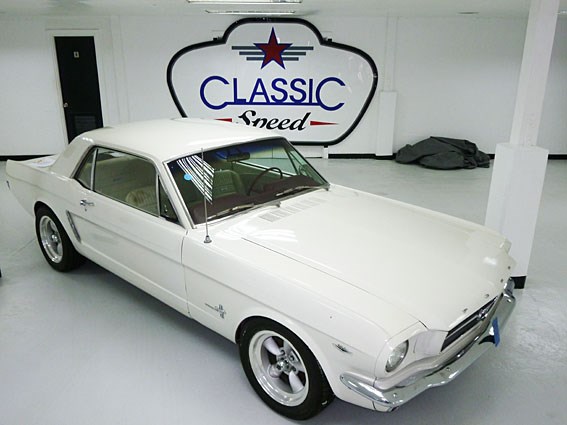 1964 � D-Code Mustang coupe
1964 � D-Code Mustang coupe

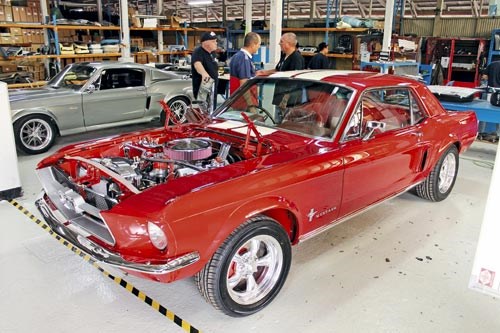 1964 � D-Code Mustang coupe
1964 � D-Code Mustang coupe

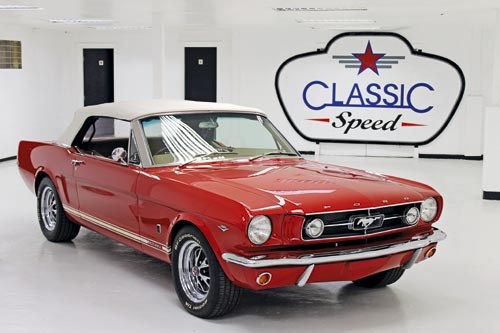 1964 � D-Code Mustang coupe
1964 � D-Code Mustang coupe

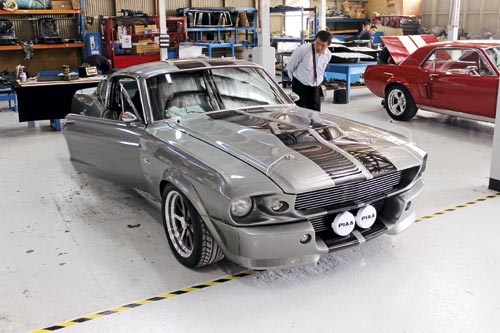 1964 � D-Code Mustang coupe
1964 � D-Code Mustang coupe

 1964 � D-Code Mustang coupe
1964 � D-Code Mustang coupe
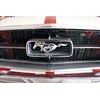
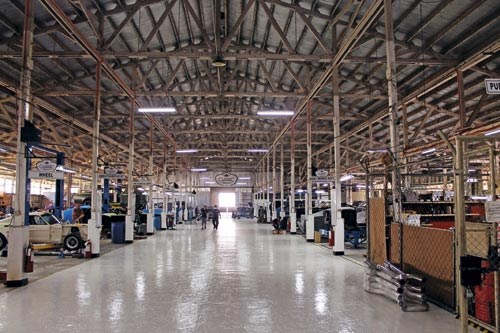 1964 � D-Code Mustang coupe
1964 � D-Code Mustang coupe

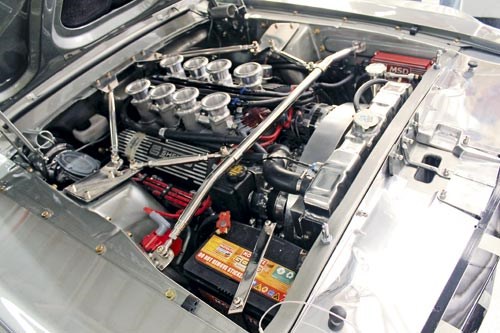 1964 � D-Code Mustang coupe
1964 � D-Code Mustang coupe

 1964 � D-Code Mustang coupe
1964 � D-Code Mustang coupe
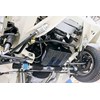
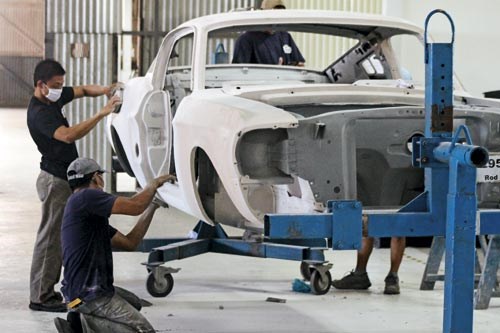 1964 � D-Code Mustang coupe
1964 � D-Code Mustang coupe

 1964 � D-Code Mustang coupe
1964 � D-Code Mustang coupe


|
|
1964 � D-Code Mustang coupe
|

|
|
1964 � D-Code Mustang coupe
|

|
|
1964 � D-Code Mustang coupe
|

|
|
1964 � D-Code Mustang coupe
|

|
|
1964 � D-Code Mustang coupe
|

|
|
1964 � D-Code Mustang coupe
|

|
|
1964 � D-Code Mustang coupe
|

|
|
1964 � D-Code Mustang coupe
|

|
|
1964 � D-Code Mustang coupe
|

|
|
1964 � D-Code Mustang coupe
|
Join us for the fun and games as we revive and improve a sixties classic.

|
|
Project Mustang
|
1964 ½ D-Code Mustang
Are there any Mustangs left in America? The reason I ask is that the contrast in economic fortunes between the good ol’ US of A and our country has seen container-loads of classic muscle cars brought over here, pretty much as fast as the cranes can chuck them in the ships.
Not to be left out, our own Uncle Phil has been waving his chequebook across the Pacific in recent times, the result of which is our latest toy: Project Mustang.
The last time we had anything like this in the magazine’s shed was a couple of years ago, when we gave away a very tasty fastback to one very lucky (and gobsmacked) reader. That was a mistake – we really miss that car and want another.
Okay, maybe not one exactly the same, but something that can act as an event car on targa tours, hillclimbs, that sort of thing, without sending us nuts or broke. A Mustang fits the bill nicely. They’re fun to drive and simple to maintain.
So what did Phil buy? We’ve become the proud owners of a D-Code ’64-and-a-half coupe. It’s a reasonably tidy but tired California car that’s had a lady owner for the last 12 years. Under the bonnet is the much underrated 289-cube V8 (good for 210 horses) and an auto ’box.
Mechanically sound, it has a few rust spots and, realistically, you could give it a tidy-up and drive it the way it is. But where’s the fun in that? So we sent it to the Philippines...
Yep, I know what you’re thinking: "Geez, why not dress it in a Hawaiian shirt and send it to Hololulu? It would have been cheaper." Believe it or not, there was method in our apparent madness.
There’s an Aussie-owned business in the Philippines called Classic Speed, that specialises in restoring Mustangs and we’ve decided to give them a go. Phil had seen their work and was impressed.
Located at the old Clark Air Base north of Manila, Classic Speed’s 80 local employees work out of a giant warehouse that’s more than a little reminiscent of a ’60s shed, albeit with some modern fittings. According to Phil, "It’s what it was like in the original Shelby workshop."
For owner George Holman, this is part business and part passion. His ‘real’ job is running and growing his main business, a financial services company called Ezypay. The whole Mustang restoration thing happened more or less by mistake.
The way he tells it, he was looking for a Mustang of his own and wasn’t happy with what was on offer. Inevitably he started looking around at restoration options and, in a process that still defies explanation, ended up building his own business.
"The guys who are buying these cars are us," he says, "The same sort of age, the same interests, often self-employed. Really, we’re just selling to ourselves. That was the market research. It just so happened we seem to hit a mark. I know the first time we ran an ad in Unique Cars we got something like 150 enquiries. It was crazy."
So, why the Philippines?
"This is a Freeport zone – a tax-free area created by the Philippine government to encourage employment. There’s no import/export duties and minimal other taxes," George explains.
"English language is taught in the schools and there’s a large skilled and affordable workforce.
"Plus, there are no local distributors for a lot of the parts we buy. So when we go to a US supplier, we are almost always dealing direct with the manufacturer."
Classic Speed is geared up to restore around 50 cars a year, which works out to about a nine month turn-around from the day you place an order to the time you’re plonked in the driver’s seat and turning the key. Given we’re talking a complete strip and refresh, down to the last nut and bolt, that’s quick. For many, though, the real thrill is in ‘designing’ the car and seeing it develop from there.
"You don’t have to know a lot about cars to buy one," explains George. "People sometimes like an era or a look and that’s what they want." He goes on to tell the story of the bloke who had a toy car sitting on his desk for years and eventually turned up at the factory with a wad of money and the toy.
According to George, "He’s brought the model car over to the factory and plopped it down, and said ‘That’s what I want’. And that’s what he’s getting."
For most, the process is a little more step-by-step. "They reserve the donor car, then work through the build sheet and six or seven pages of options – there are different build sheets for different model cars. Sometimes it’s quite minor like electric boot release, but it also includes wheels, gauges, engine – quite a few choices when you get into it.
"That’s a process people enjoy because now they’re designing their own car."
While no two Classic Speed Mustangs are quite the same, there is some
standardisation in the process, to ensure a consistent quality that keeps both the customer and rego authorities happy.
The moment the order has been placed, the body is stripped back to bare metal and any rust removed. Panels are repaired or more often replaced, before being treated and painted in the in-house booth.
Engines are based on a seasoned 302/351 block, with fuel injection or Holley carburettion among the options. That’s backed up by a period-correct five-speed manual or a choice of autos working through a nine-inch diff. You also score a custom-made stainless-steel exhaust system.
Braking is by Wilwood – usually a four-piston disc set-up front and rear, although you can upgrade. Suspension is fully-adjustable double-wishbone with coil-overs at the front and a leaf rear with adjustable dampers.
Electrics are supported by a wiring loom that’s been designed in-house, with each wire labelled – a dream come true for any sparky who works on the car in years to come. Trim is also done in-house and it’s here where the individual tastes and personalities of the owners really come through.
"It’s a lot about their personality," says George. "It’s making a statement. It’s not about the cost. Not like a new Ferrari, where it’s very much seen as ‘I’ve got to be wealthy to drive that car’. It’s not about that at all. It’s about ‘I’m different, I’ve chosen to have this car this way and it says something about me, and you’ll never see another one exactly the same’.
"We have guys who have bought our cars and really feel as though they’ve designed them."
Which brings us to the topic of the Unique Cars Project Mustang. As we speak, the brains trust (or is that ‘Brian’s trust?) is arguing over the build sheet. We want something that’s event-friendly, so it needs to handle and go – beyond that, it’s up for debate.
The one thing we have agreed on is the body colour – a very traditional Wimbledon white. As for the rest of the spec, watch this space.
Unique Cars magazine Value Guides
Sell your car for free right here
Get your monthly fix of news, reviews and stories on the greatest cars and minds in the automotive world.
Subscribe

.jpg)











